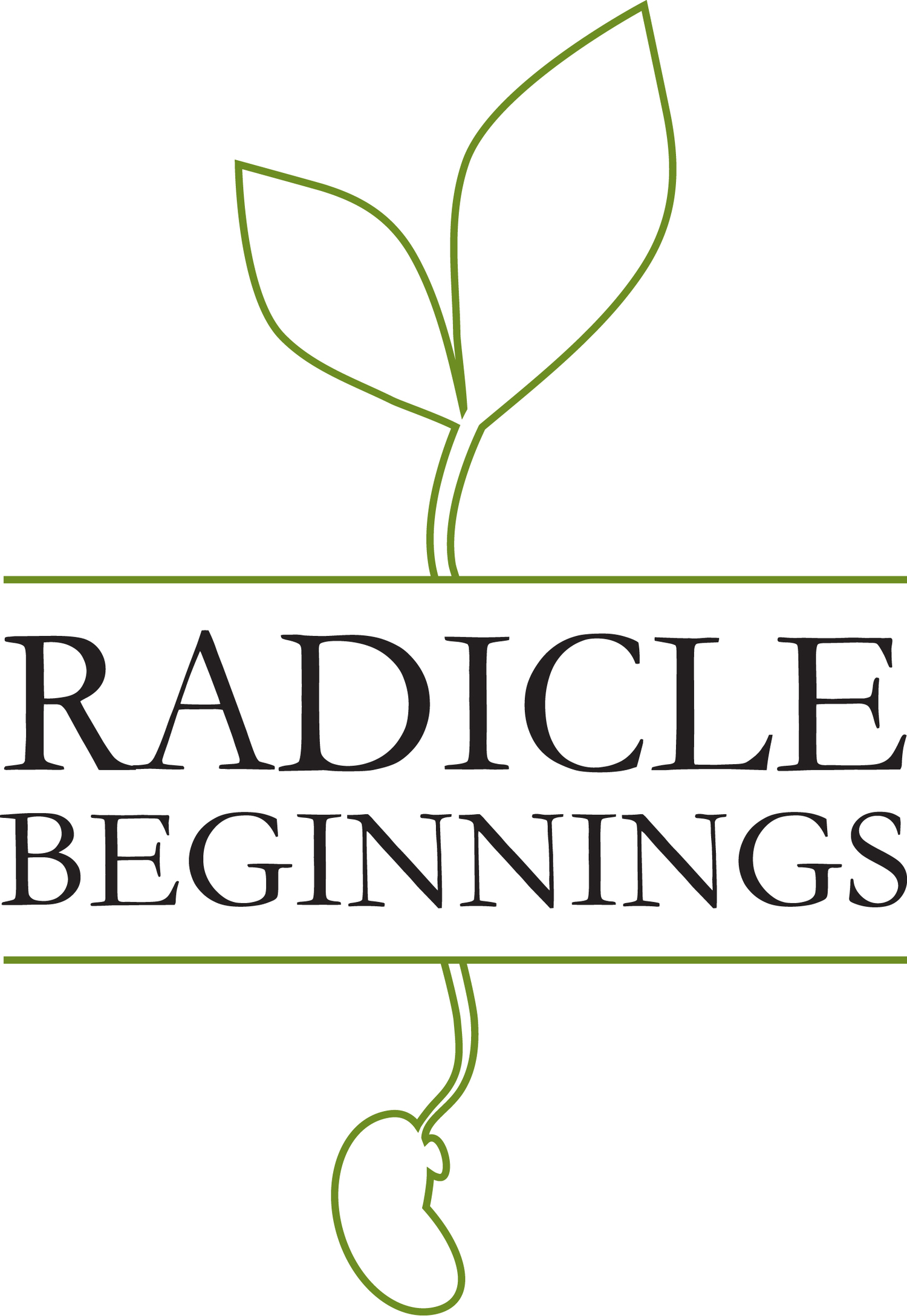In Maria Montessori’s observation and work with children she discovered early on that asking a child a question that they do not know the answer to is not what encourages learning. Engaging a child, providing knowledge/information and developing confidence is what encourages learning.
From there the three period lesson was developed, a method used on all levels in the Montessori Method. The three period lesson is used to introduce new concepts and valuable lessons. This is a method that you can easily modify and implement in your home with your child.
Your child is constantly absorbing language acquisitions and how to communicate. Before your child is able to speak, they understand your words (receptive language). You can say to your child, “Please go get your shoes.” before your child can say, “Shoes”. Your child has the words often times long before they can speak them.
This Three Period Lesson will help you help your child, with language development, communication and confidence in learning.
Introduction - "This is..."
I introduce the objects to the children, one at a time and slowly.
"This is a picture of a sailboat. This is a sailboat. Would you like to look at the sailboat? Please pass the sailboat to Jayden. Sailboat. This is a picture of a speedboat. This is a speedboat..."
When I introduce language to the children, both during a language lesson, books or just in conversation, I make sure to speak slowly, clearly and repeat myself often.
As you can see from the introduction, I find a way to say the object's name as many times as possible in different sentences. Once I have introduced all of the objects to the children (in this lesson there is a jet ski, speedboat, sailboat and cruise ship), I re-name them all and then move on to the second period.Recognition/Association - "Show me..."
In the second period, after I have introduced all the objects to the children, I then ask the children to "Show me" the objects.
I will say, "Jayden, please show me the sailboat. Derek, please point to the speedboat. Nate, where is the jet ski?, Sofie, show me the cruise ship."
Because the children oftentimes know the name of an object before they are able to speak the name verbally, the second period allows me to "test" their knowledge and recognition of the objects I have presented.
If I ask a child to, "Point to the sailboat" and he shows me the cruise ship, instead of saying, "No, that is not the sailboat." I instead will say to him, "Oh, you found the cruise ship, now let's find the sailboat." Again, we are trying to not only teach the children, but also build up confidence.
The second period is the longest period of the three. I will stay on this for quite some time, depending on the difficulty/obscurity of the objects/language that I am presenting. As I work with the children during the second period I will listen and observe, taking note of who can verbalize what. This will help me in the third period.Recall - "What is...?"
In the third period I will ask the children "What is this?" while pointing to a particular object.
The key to this period is that I only ask the child what something is once I know they can say it. Asking a child who cannot verbalize a word, "What is this?" only sets them up for failure. In the first and second periods I am taking note of who can verbalize what and will bounce around between the 2nd and 3rd lesson depending on what the child will/can say.
You can use these same tools and concepts with your child. Replicas, pictures cards and books are the best way to use this, but even when you are at the zoo or the grocery store, the Three Period Lesson can come into play.
Have fun with language, all the while remembering that you can build your child's vocabulary, love of learning and confidence all in the same moment.
